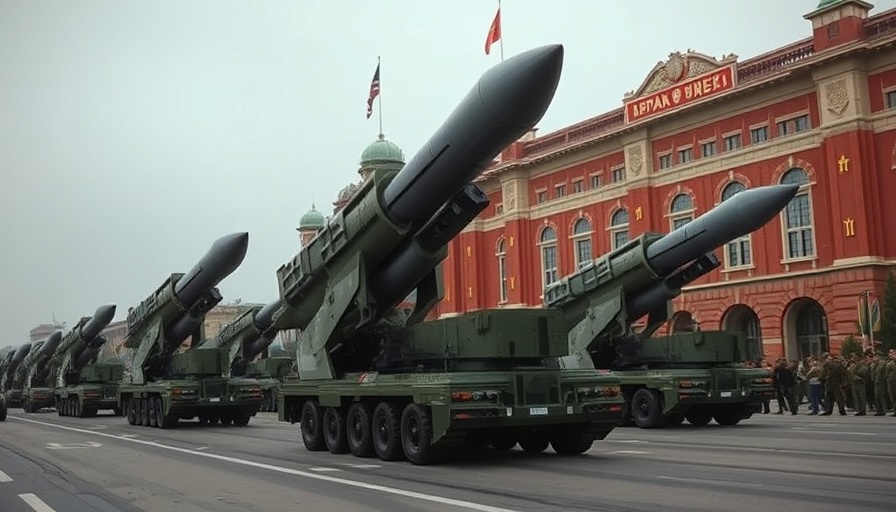
Could Space Missiles Become America's Shield Against Nuclear Threats?
Imagine a massive shield of orbiting missiles, each acting as a guardian in the sky, protecting the United States from the looming threat of nuclear warfare. This is the vision proposed by defense experts in response to escalating tensions with Russia, particularly in the context of its growing arsenal of intercontinental ballistic missiles (ICBMs). Such a system aims to neutralize risks posed by Russian nuclear capabilities and protect American cities from potential annihilation.
The Strategic Imperative of Space Defense
In light of Russia's aggressive posturing and threats concerning NATO countries involved with Ukraine, American defense strategies are adapting. Experts like Todd Harrison from the American Enterprise Institute advocate for a network of approximately 1,900 missile interceptors operating at altitudes of 500 kilometers. If successful, this system could intercept nuclear missiles in their crucial boost phase, only minutes after launch. This phase is critical; if interceptors can neutralize missiles before they deploy multiple warheads, they can deliver a successful shield against catastrophic attacks.
The Cold War Legacy: Understanding Today's Nuclear Landscape
What’s at stake is a reflection of historical tensions initially witnessed during the Cold War. Russia has retained significant nuclear capabilities, including the formidable SS-18 missile, capable of delivering multiple warheads independently. With a modernized arsenal expected to include even more devastating systems like the Sarmat missile, the need for a proactive defense mechanism, particularly one in space, becomes apparent.
Investing in the Future: Cost vs. Security
The eventual construction of this space-based missile shield may reach costs between $370 billion to $1.2 trillion. While these figures appear staggering, they could be seen as a long-term investment in national security amid advancing global nuclear threats. Moreover, with technology and launch costs decreasing due to innovation from commercial spaceflight leaders like SpaceX, a feasible path to implementation is becoming clearer.
Conclusion: The Case for a Space-Based Defense System
As America faces a unique and complex threat landscape characterized by evolving nuclear capabilities from adversaries like Russia and China, the proposal for a robust space missile defense system provides a compelling, albeit controversial, option for national security. With costs and technical challenges on the table, the discussion surrounding space-based defenses is likely to intensify, urging policymakers to act decisively without jeopardizing public safety.
 Add Row
Add Row  Add
Add 




Write A Comment